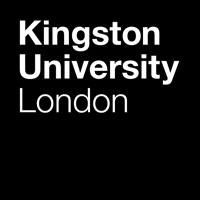fees waived
Graphic Design, BA (Hons)
Kingston University, United Kingdom
Ranking in UK
Graphic Design
Fashion and Textiles
Art and Design
Costs
food & rent S$24.4k / year
Entry requirements
Scholarships
11 - 20 available
21 - 50 available
Unlimited quantity
Unlimited quantity
Limited quantity
Information
Code
Code
Intakes
Website (External)
Programmes
Information
Duration
2029
Kingston University stands out for its Graphic Design program, ranked No. 1 in London by The Guardian University Guide League Tables 2023. Students benefit from world-class facilities, including digital media labs, 3D workshops, and photography spaces, while our students have secured 52 international awards in recent years. The program emphasizes high-quality teaching, evidenced by a Teaching Excellence Framework Gold rating, and explores graphic design's broader societal role to foster creative, communicative, and critical skills through collaborative projects, studio visits, and professional lectures.Expert faculty provide specialized knowledge in areas like typography and interactive design, while Future Skills integrate problem-solving and digital competency to prepare graduates for dynamic careers. Alumni work globally in branding, advertising, and sustainable design, with many launching their own practices. Key modules include Communication and Context, Concept and Challenge, and Design Interactions and Innovations, assessed through practical presentations, portfolios, and coursework.
– Communication and Context – Concept and Challenge – Design Interactions and Innovations To view the full list of modules, please visit the University course webpage.
A local representative of Kingston University in Singapore is available online to assist you with enquiries about this course.

